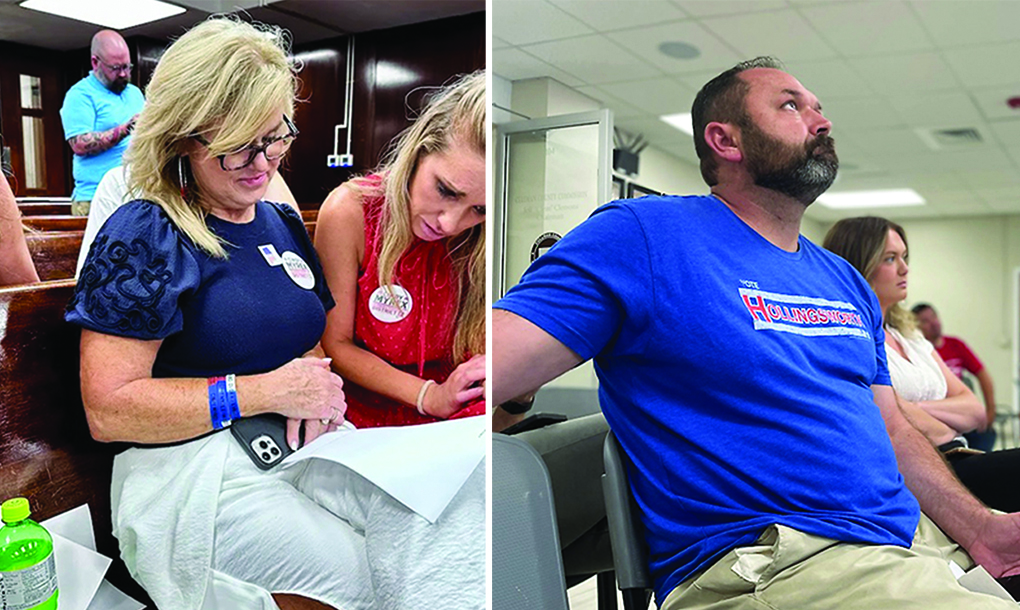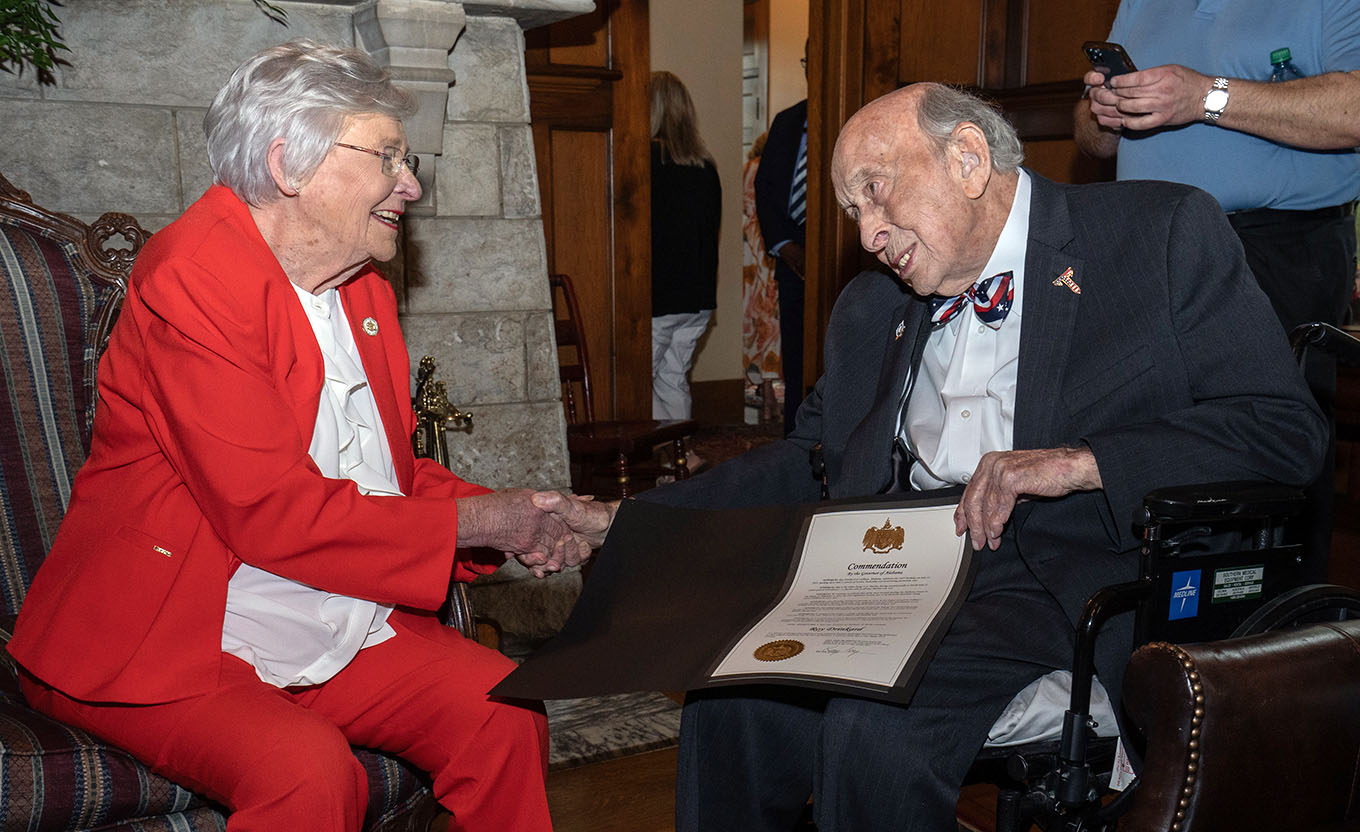(Pet Talk) When growing pains take the reins: Osteochondrosis in horses
Published 2:07 am Wednesday, July 23, 2025
Young horses are typically full of energy, running and playing with excitement, but sometimes, their quick growth can hinder their ability to frolic in the fields with their peers. Osteochondrosis Dissecans (OCD) — a condition that occurs when bones and cartilage struggle to keep up with an animal’s growth — is among those that can create mobility issues.
Dr. Kati Glass, a clinical associate professor at the Texas A&M College of Veterinary Medicine & Biomedical Sciences, offers insights on the causes of osteochondrosis and effective management strategies for this condition.
Understanding Osteochondrosis
Trending
A common developmental bone disease that affects young, fast-growing horses, OCD causes joint inflammation, lameness, and, potentially, long-term mobility problems, if not treated early.
“OCD is most common in horses that grow quickly and reach large sizes,” Glass said. “Draft horses are a prime example.”
This rapid growth can interrupt the normal process of cartilage turning into bone, which is crucial for development.
“This disruption can lead to the formation of cysts, loose pieces of bone, or cartilage that doesn’t stay in place, causing pain and making movement difficult,” Glass said.
OCD is caused by a combination of factors, including genetics, nutrition, and physical trauma.
“In some breeds, there’s a genetic predisposition,” Glass said. “Nutrition also plays a part — feeding young horses calorie-dense diets to encourage growth can increase their risk of developing OCD.”
Trending
Excessive stress on developing joints may also trigger OCD, especially in young horses undergoing early training.
“Sometimes, the problem can even be caused by injury,” Glass said. “When a horse’s cartilage is in the process of changing into bone, it is more easily hurt, and the forming bone can be damaged.”
Recognizing The Symptoms
OCD can present itself in a few different ways, but these symptoms are not always noticeable immediately.
The most common signs of OCD in horses include:
— Lameness: Horses may show stiffness or discomfort, particularly after exercise.
— Joint swelling: Excess fluid in the joint may indicate inflammation.
— Reduced performance: Young horses in training may struggle with certain movements or seem reluctant to work.
“Sometimes, joint swelling appears before you notice the limping and, other times, both symptoms show up simultaneously,” Glass said. “If the horse is not very active, you might not notice a problem right away, but once they start training or are turned out with other horses, swelling and lameness can appear.”
If you notice any of these symptoms, it is important to take your horse to a veterinarian for an evaluation and proper diagnosis.
“It is crucial for young horses displaying these signs to be seen by a veterinarian for X-rays and assessments of their muscles and bones,” Glass said. “There’s a limited window during which surgery can correct the issue and minimize long-term effects.”
Diagnosis And Treatment
OCD is diagnosed through a combination of physical exams, radiographs, and ultrasounds. In mild cases, conservative treatment – with rest, anti-inflammatory medications, and joint injections – may help manage symptoms. However, surgery is often recommended for more severe cases.
“Surgery is a common intervention for OCD,” Glass said. “If we intervene early, we can remove abnormal bone or cartilage and reduce inflammation before arthritis develops.”
Arthroscopic surgery, a minimally invasive procedure, allows veterinarians to treat the affected joint while minimizing recovery time.
“The procedure uses small incisions and cameras to treat the joint,” Glass said. “After surgery, the horse only needs small bandages and a few stitches that can be removed within two weeks.”
Even after surgery, horses with OCD often require ongoing care from their veterinarian, especially if arthritis has already set in. Proper nutrition and weight management are also essential in preventing further joint stress.
“The surgery is the first big step,” Glass said. “But we know it is not a one-and-done situation. Long-term management is key to maintaining joint health.”
After surgery, maintaining consistent care and monitoring a horse’s recovery progress are crucial to keeping your horse moving smoothly in the future.
While not all cases of OCD can be prevented, responsible breeding, balanced nutrition, and appropriate exercise can help reduce risk. With early intervention and proper management, horses with OCD can still lead comfortable, active lives.
Pet Talk is a service of the College of Veterinary Medicine & Biomedical Sciences, Texas A&M University.





